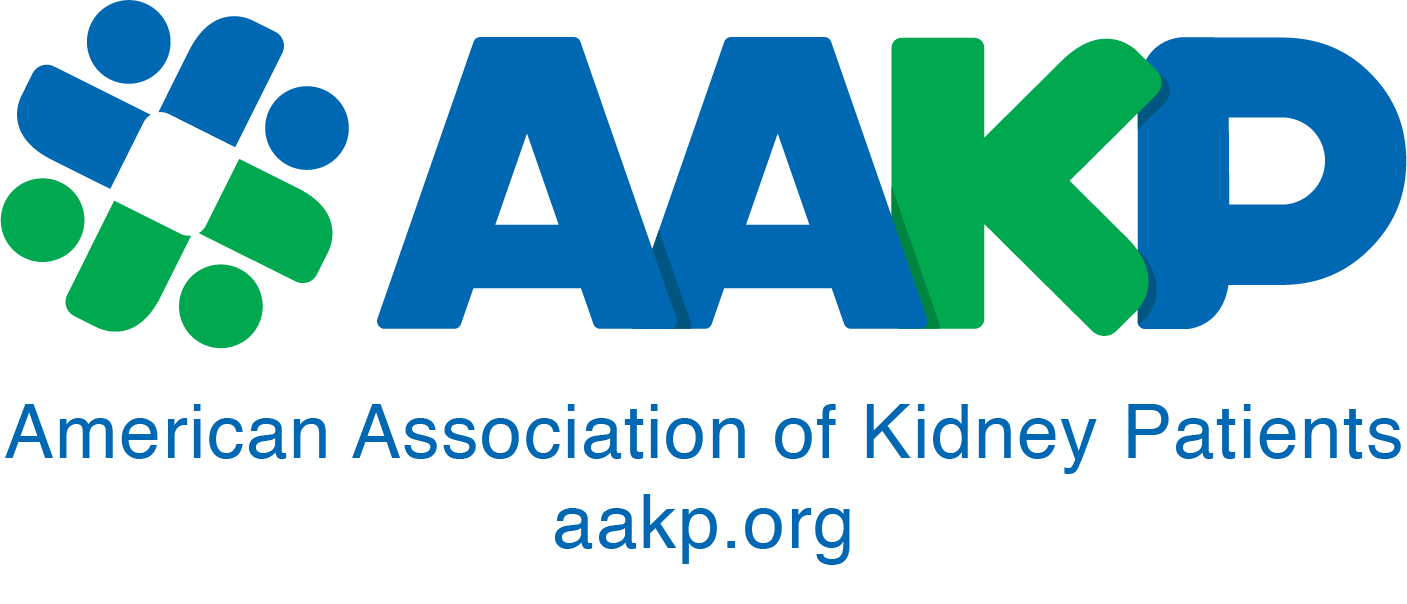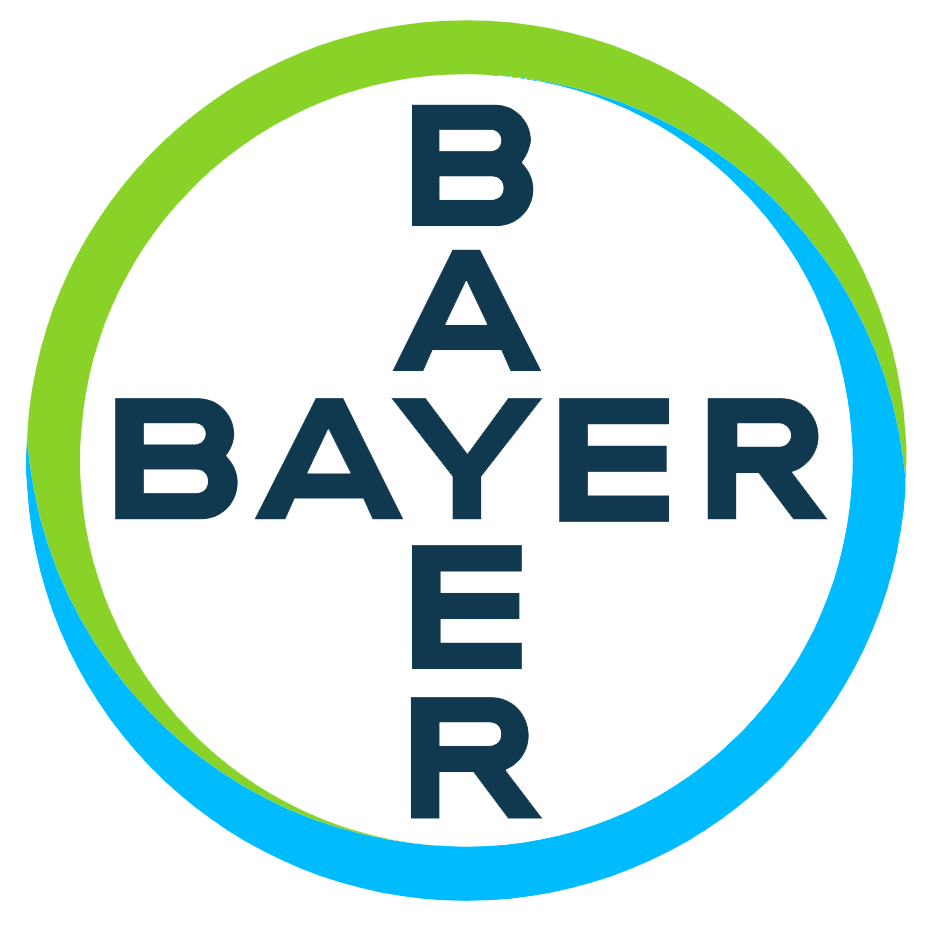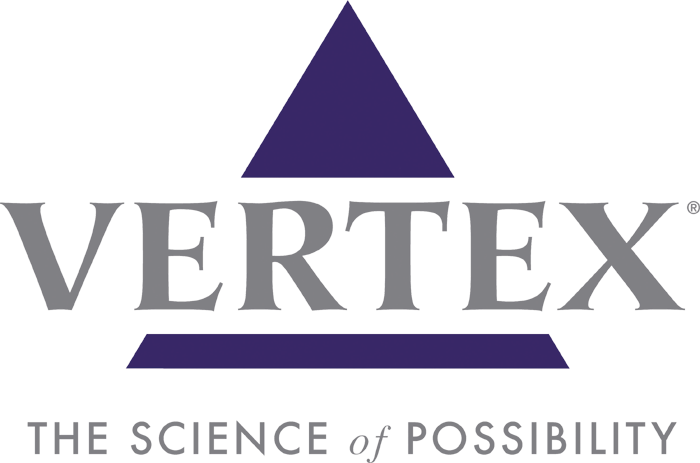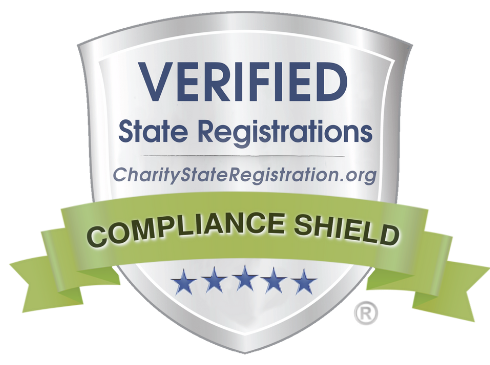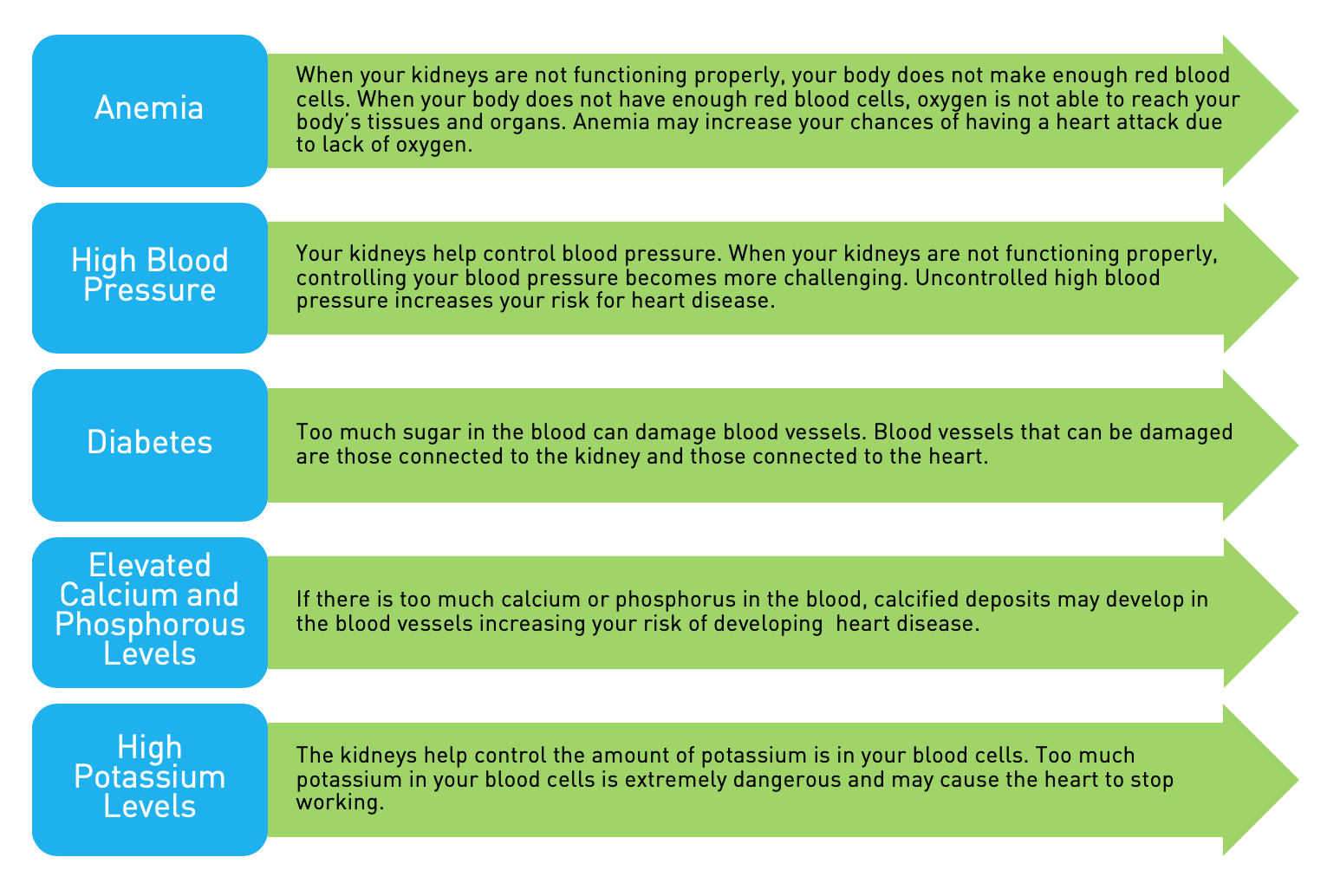Blood pressure is the force of blood pushing against the walls of the arteries. When a person experiences high blood pressure (hypertension), the heart is forced to work harder than normal, causing it to grow bigger than usual, putting pressure on the arteries and the heart itself. This can also lead to kidney damage.
A blood pressure reading consists of two numbers:
1. Systolic – It’s the first number in a blood pressure reading. A normal systolic reading is less than 120 mmHg. It measures the pressure of blood against the artery walls when the heart pumps blood through the body.
2. Diastolic – It is the second number in a blood pressure reading. It is considered normal when it is less than 80 mmHg. It is the measure of pressure of blood against the artery wall when the heart relaxes and refills with blood.
Blood Pressure Readings
| Blood Pressure Classification | Systolic (mmHg) | Diastolic (mmHg) | Lifestyle Modification | |
| Normal | Less than 120 | and | Less than 80 | Encourage |
| Prehypertension | 120-139 | or | 80-89 | Yes |
| Stage 1 Hypertension | 140-159 | or | 90-99 | Yes |
| Stage 2 Hypertension | 160 or higher | or | 100 or higher | Yes |
Courtesy American Heart Association Recommended Blood Pressure Levels
High blood pressure is less common in hemodialysis patients who get daily treatments, such as those on home hemodialysis or nocturnal hemodialysis. Many of these home hemodialysis patients who get more frequent dialysis have normal blood pressures and do not need to take blood pressure medicines.
High blood pressure can also be managed by making lifestyle modifications or drug intervention or both. Lifestyle changes include:
• Losing weight
• Exercise
• Reduce alcohol intake
• Quit smoking
• Changing your diet
Please talk to your doctor before making any changes to your diet or exercise program.
This article originally appeared in the November 2009 issue of At Home with AAKP.
